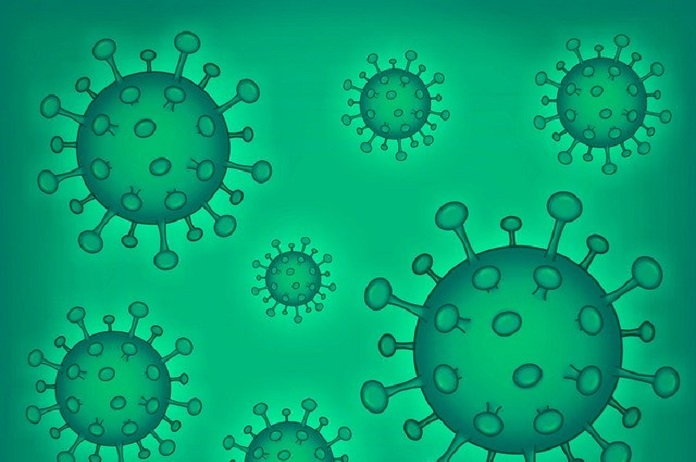A recent study investigated high levels of a protein in nose epithelial cells to which the coronavirus binds.
We are currently experiencing the near-global spread of the life-threatening coronavirus. Researchers are trying to understand the mode of entry of this virus in the human body. So far, we know that the coronavirus enters the cells through a protein called angiotensin-converting enzyme 2 receptors (ACE2). The location of this protein may be an essential element in understanding the spread of the virus.
In a survey study in Europe, around 85% of people reported disturbance in the sense of smell. This led a group of researchers from the Johns Hopkins Medicine to investigate ACE2 receptors in the nose and trachea samples of humans. They studied four healthy humans and 19 patients infected with an inflammatory disease of the nose. They also studied tissue samples of the trachea from seven people who underwent surgery for trachea.
The European Respiratory Journal published a summary of the research findings.
The scientists observed that ACE2 receptors were up to 700 times more prevalent in the sustentacular cells lining the upper part of the nose than in the epithelium of the rest of the nose and windpipe that leads to the lungs. The sustentacular cells help the odor-sensing neurons of the nasal epithelium. These findings in the nose may help us understand the mechanism of the loss of sense of smell observed in the patients infected with coronavirus, even in the absence of other symptoms. The researchers also highlight that this area of the nose is more susceptible to infection, and urge people to wear their mask correctly.
There is also a possibility that the coronavirus enters the brain through the nose and causes neurological symptoms in patients. ACE2 protein levels could be correlated with the severity of the disease. For example, overweight individuals with more severe disease may have a high level of ACE2 protein, and the low levels in children explain the lower prevalence in children.
These preliminary findings may shed some light on the advancement of novel topical antiviral therapeutic agents. However, there is a need to advance these findings by investigating nasal samples of COVID-19 infected patients.
Reference: Mengfei Chen, Wenjuan Shen, Nicholas R. Rowan, Heather Kulaga, Alexander Hillel, Murugappan Ramanathan, Andrew P. Lane. Elevated ACE2 expression in the olfactory neuroepithelium: implications for anosmia and upper respiratory SARS_CoV-2 entry and replication. Eur Respir J 2020; in press (https://doi.org/10.1183/13993003.01948-2020).
Image by Eduardo RS from Pixabay



